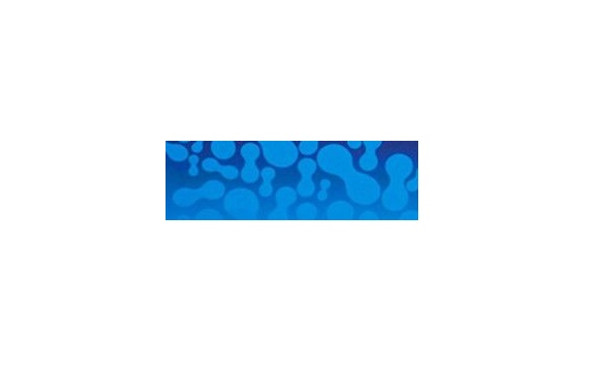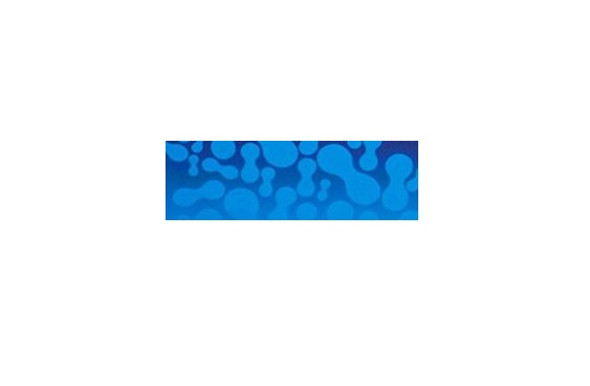Description
Recombinant Mouse EDAR/DL Protein (Fc Tag) | PKSM041006 | Gentaur US, UK & Europe Disrtribition
Synonyms: Tumor necrosis factor receptor superfamily member EDAR; Anhidrotic ectodysplasin receptor 1; Downless; Ectodermal dysplasia receptor; Ectodysplasin-A receptor
Active Protein: N/A
Activity: Recombinant Mouse Ectodysplasin Receptor is produced by our Mammalian expression system and the target gene encoding Glu27-Ile189 is expressed with a Fc tag at the C-terminus.
Protein Construction: Recombinant Mouse Ectodysplasin Receptor is produced by our Mammalian expression system and the target gene encoding Glu27-Ile189 is expressed with a Fc tag at the C-terminus.
Fusion Tag: C-Fc
Species: Mouse
Expressed Host: Human Cells
Shipping: This product is provided as lyophilized powder which is shipped with ice packs.
Purity: > 95 % as determined by reducing SDS-PAGE.
Endotoxin: < 1.0 EU per μg as determined by the LAL method.
Stability and Storage: Generally, lyophilized proteins are stable for up to 12 months when stored at -20 to -80℃. Reconstituted protein solution can be stored at 4-8℃ for 2-7 days. Aliquots of reconstituted samples are stable at < -20℃ for 3 months.
Molecular Mass: 44.7 kDa
Formulation: Lyophilized from a 0.2 μm filtered solution of PBS, pH 7.4.
Reconstitution: Please refer to the printed manual for detailed information.
Background: Ectodysplasin A receptor (EDAR) is a type I transmembrane protein of the TNF-α receptor superfamily which plays a key role in ectodermal differentiation. EDAR was encoded by the mouse downless gene and defective in human dominant and recessive forms of autosomal hypohidrotic ectodermal dysplasia (EDA) syndrome. The extracellular domain of EDAR contains 14 cysteine residues, six of which approximate the TNFRSF cysteine-rich region, the cytoplasmic domain contains a region with homology to the death domains found in other TNFRSF members. EDAR has been suggested to be an early and important promoter of placode development in all ectodermal organs, such as uch as hair follicles, teeth and sweat glands. EDA-A1, the A1 isoform of EDA, is the EDAR ligand. EDA and EDA are implicated in appendage development by the cloning of a gene underlying hypohidrotic ectodermal dysplasia (HED) in mouse and human. HED is characterized by agenesis or malformation of ectoderm-derived appendages, such as teeth, sweat glands and hair follicles, while the skin itself develops normally.
Research Area: N/A






